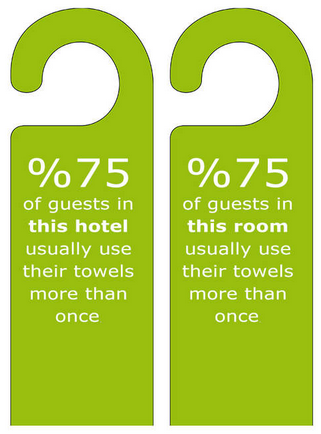
In a new paper, @jonathanmayer, Mihir Kshirsagar, and I investigate a question that has been challenging researchers and policymakers: what makes a dark pattern, well, "dark"? arxiv.org/pdf/2101.04843… [thread] 

There's a growing academic literature on dark patterns that defines and describes types of dark patterns. There have also been govt. reports and legislation on dark patterns. We compiled and compared these, and found that dark patterns reflect many related but distinct concerns! 

We argue that there is no single definition that can capture all of the dark patterns discourse. Instead, dark patterns are a family of related problems, much like (as @DanielSolove famously observed) privacy is a family of related problems.
We propose two themes that, while lacking the precision of a definition, broadly capture the field: modifying a user's decision space and manipulating information flow to a user. 

We then connect the dark patterns literature to related scholarship in other academic disciplines, including nudges, behavioral economics, manipulation in philosophy, and market manipulation in law.
Based on this related work, we suggest 4 normative lenses for examining dark patterns: individual & collective welfare, regulatory compliance, and autonomy. To our fellow researchers: let's go beyond listing dark patterns, and ground our work in these normative concerns.
Doing so will help us build a case for legislators and regulators to step in. That will also help us respond to the frequent counterargument that dark patterns are nothing more than aggressive marketing.
We show how future dark patterns research could directly address normative concerns by applying a range of well established HCI measurement methods. We encourage the HCI community to take the lead in using these methods to examine why, exactly, dark patterns are dark.
The paper will appear at #CHI2021, and it builds on fantastic work by @graydesign @liorjs @thorstenholz @christine_utz @ChSaiShruthi @floschaub @ariezrawaldman @finnmyrstad @CNIL @MidasNouwens @mikarv @MillennialProf1 @SeriesofTubes and others whose Twitter handles I can't find.
And of course @harrybr, who started it all.🙂
• • •
Missing some Tweet in this thread? You can try to
force a refresh








